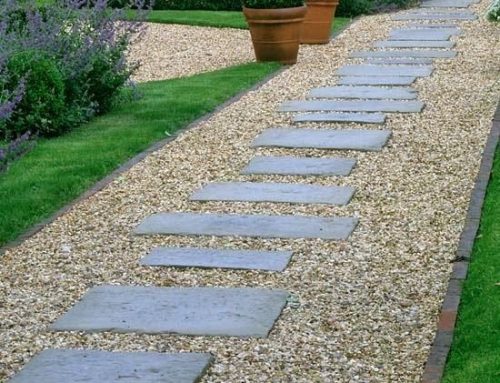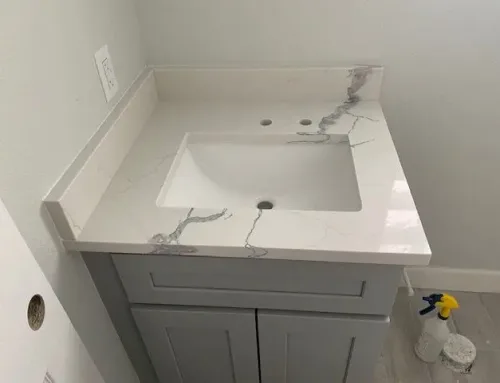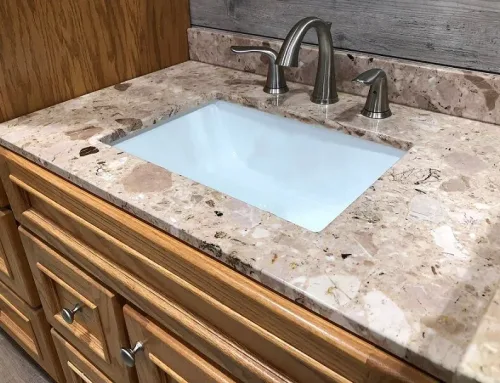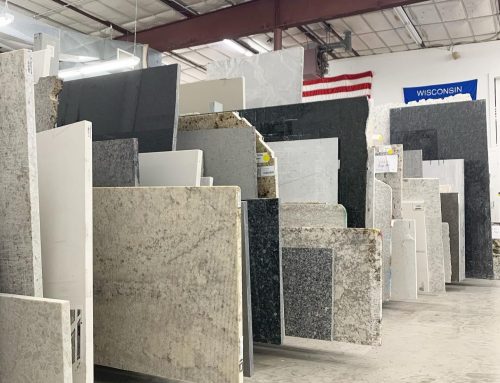How can you tell if granite is high-quality? Granite is a popular choice for countertops, flooring, and other home improvement projects due to its durability, aesthetic appeal, and resistance to heat and scratches. However, not all granite is of the same quality. If you’re planning to invest in granite, knowing how to distinguish high-quality slabs from lower-grade options is essential. Here are some key factors to consider when evaluating granite quality.
1. Thickness of the Slab
High-quality granite typically comes in slabs that are at least 1.25 inches (3 cm) thick. Thinner slabs (around 0.75 inches or 2 cm) are more fragile and may require additional support, making them less desirable for heavy-use areas like kitchen countertops.
2. Consistent Color and Pattern
While natural stone always has some variation, high-quality granite should have a relatively uniform color and pattern without excessive inconsistencies, patches, or dull spots. Uneven color distribution may indicate poor-quality material.
3. Surface Finish and Polish
A good-quality granite slab should have a smooth, glossy finish that enhances the natural beauty of the stone. To test the polish, try running your hand over the surface—high-quality granite should feel silky and smooth, without rough or uneven spots. You can also place a few drops of water on the surface; if it absorbs quickly, the stone may be of lower quality or inadequately sealed.
4. Porosity and Water Absorption
Granite is naturally porous, but high-quality granite has a lower absorption rate. To check this, place a few drops of water or lemon juice on the surface. If it darkens quickly, it may be more prone to staining and may require frequent sealing.
5. Scratch and Chip Resistance
Granite is known for being hard and scratch-resistant, but lower-quality slabs may have softer minerals mixed in, making them more prone to chipping or damage. You can perform a simple scratch test by running a steel knife lightly across the surface—high-quality granite should not scratch easily.
6. Seams and Edges
Examine the edges and seams of the slab. High-quality granite should have clean, well-polished edges and seams that blend seamlessly. Poor-quality granite may have rough or uneven edges, which can indicate weak structural integrity.
7. Resin or Fillers
Some lower-quality granites are treated with excessive resin or fillers to enhance their appearance. While some resin application is normal, too much can indicate a weaker stone. Check for artificial shine by holding the slab under natural light—if it looks overly glossy, it might have an excessive resin coating.
8. Origin
Ask about the granite’s origin. Some regions produce higher-quality granite than others, and reputable suppliers often provide certification to guarantee authenticity and grade.
Final Thoughts
So how can you tell if granite is high-quality? Investing in high-quality granite ensures longevity, beauty, and durability for your home. By considering factors like thickness, porosity, scratch resistance, and finish, you can make an informed choice and enjoy a superior granite installation that will stand the test of time. Always source your granite from a reputable supplier to ensure you get the best material available.





